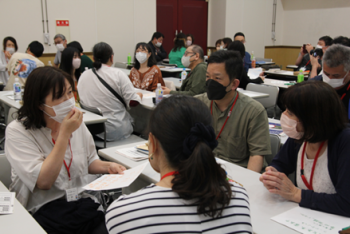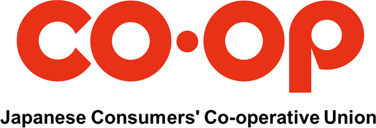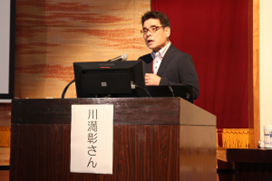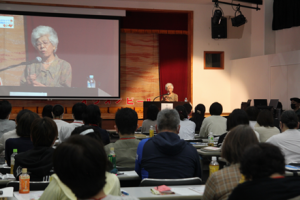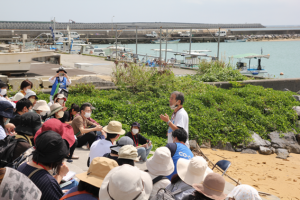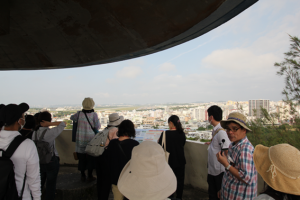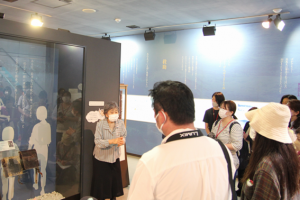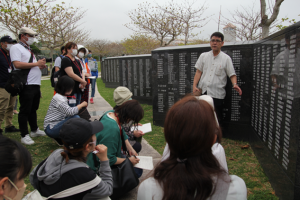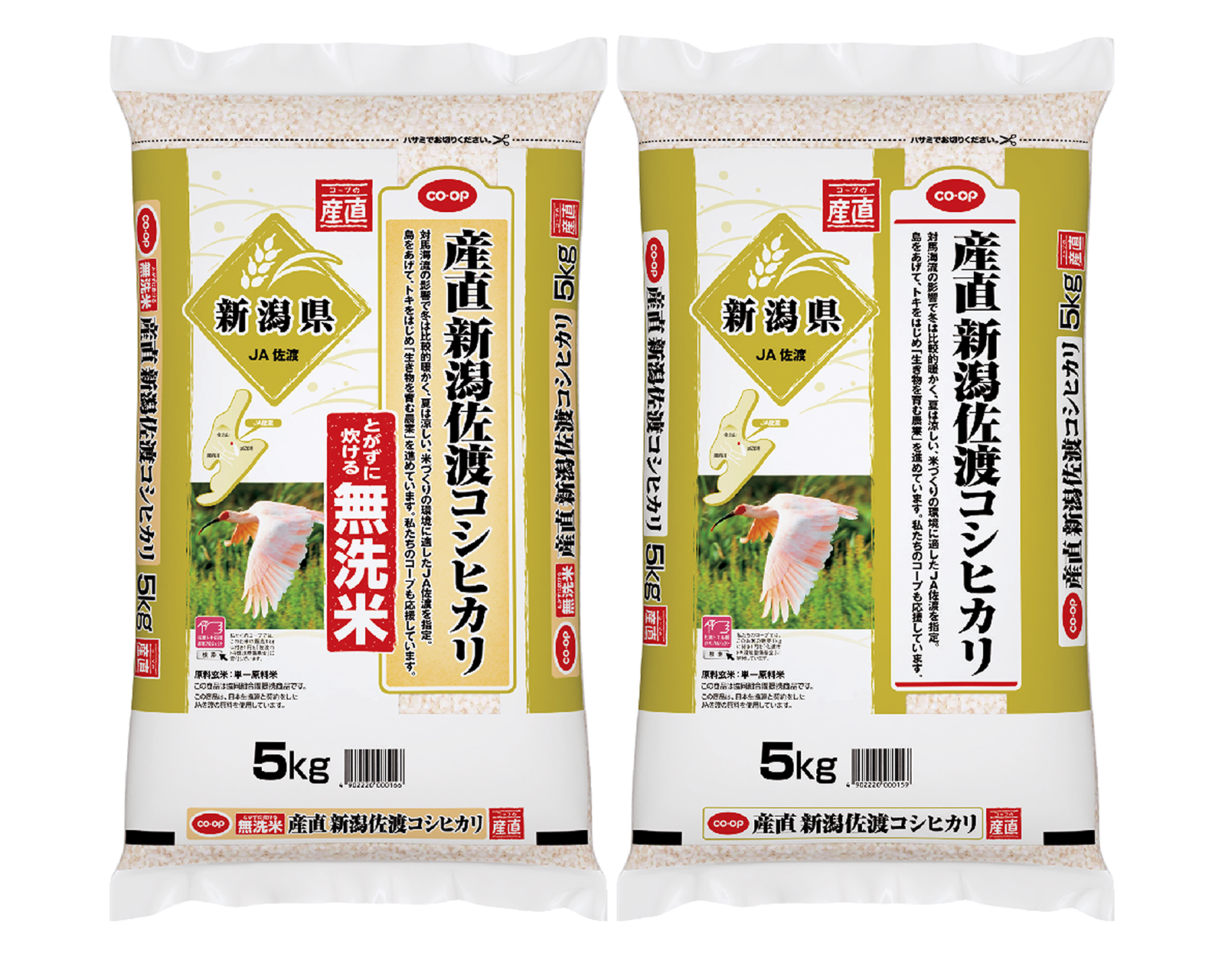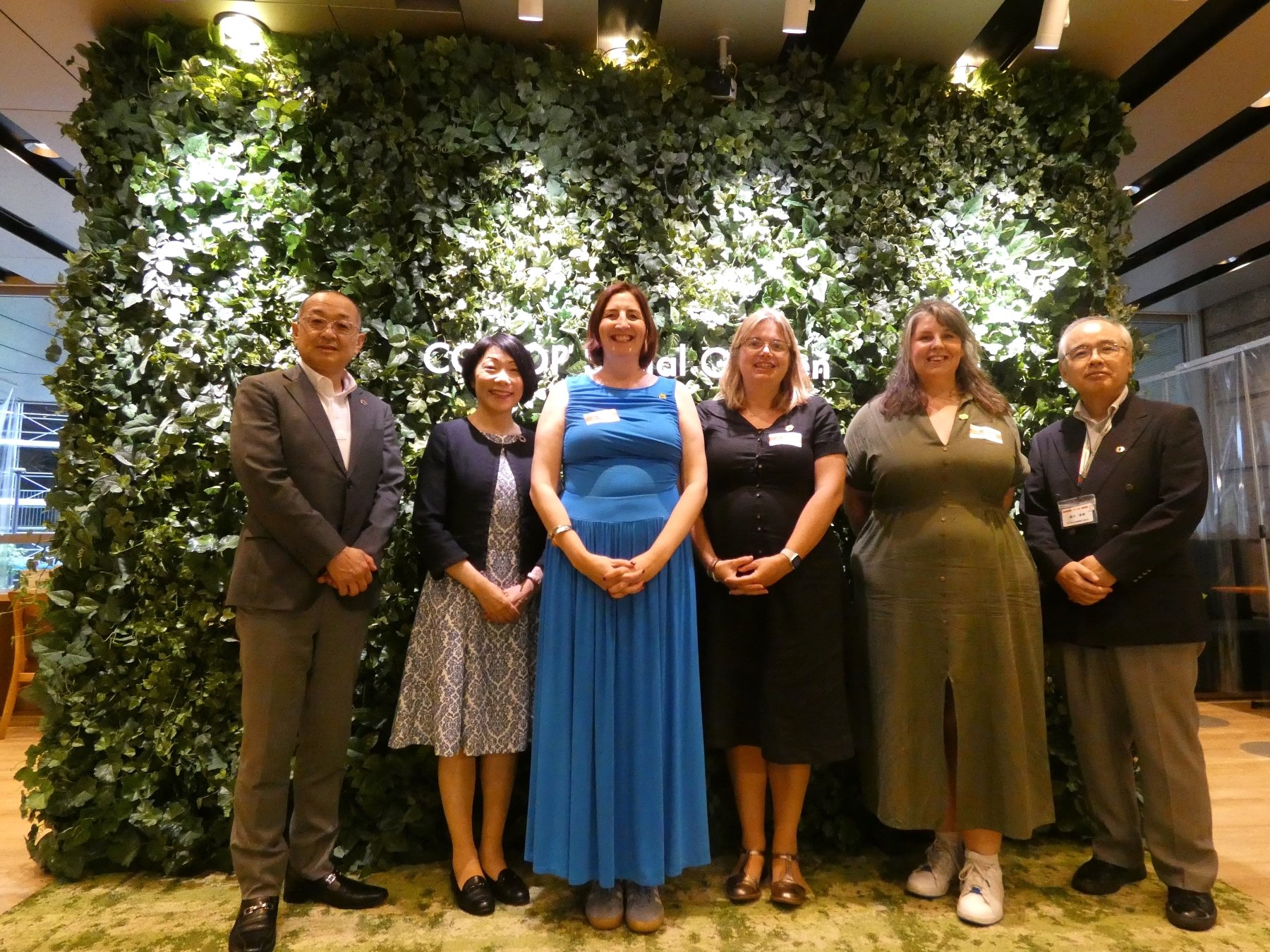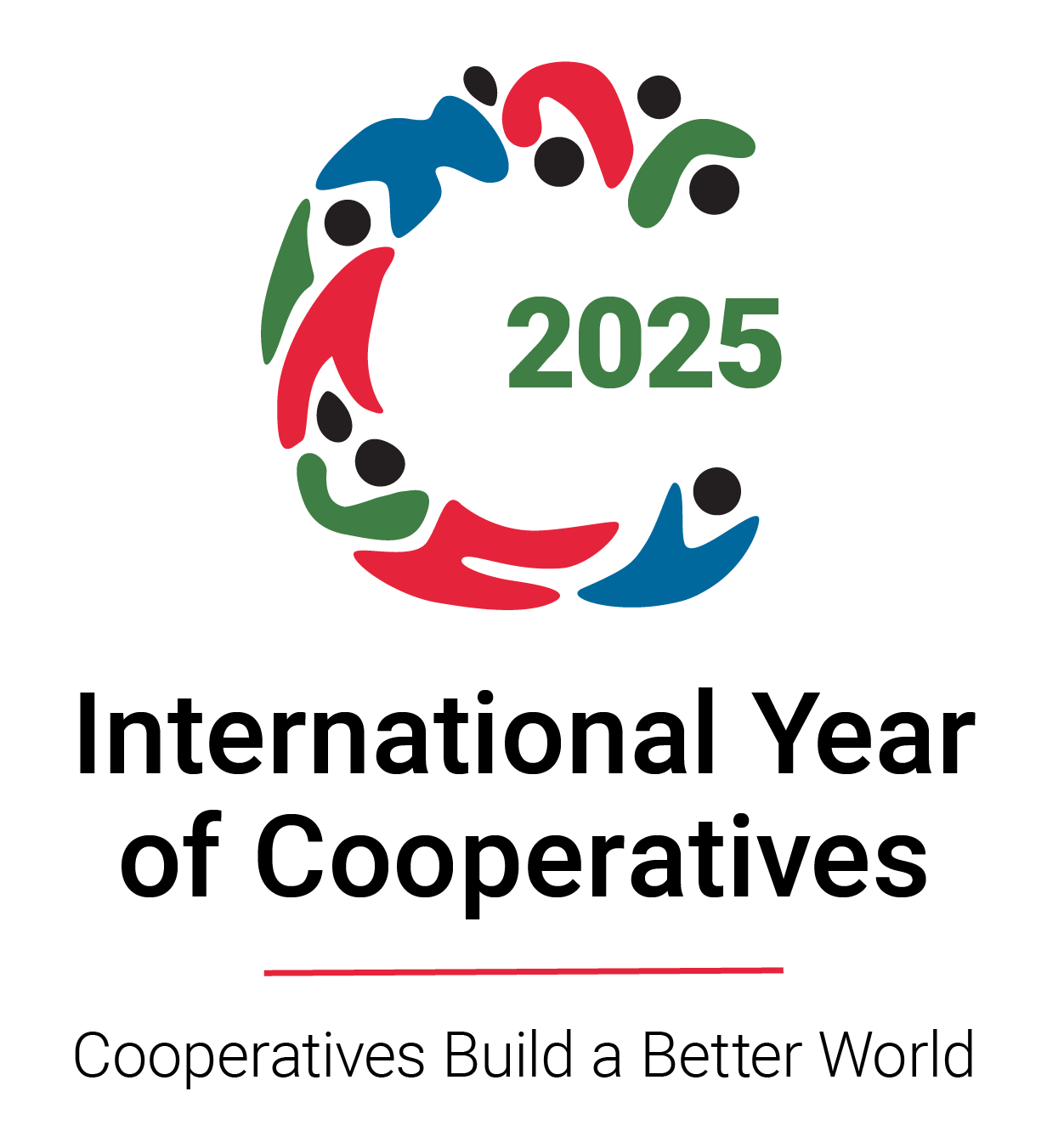From March 23 to 25, 2023, JCCU and Okinawa Consumers' Co-operative Union held the "Peace Action in Okinawa - the 40th Okinawa old battlefield and American Military base tour-" as an opportunity to learn about the realities of the Battle of Okinawa and the base issues facing Okinawa today and to think about peace.
This year, marking the 40th anniversary of the event, for the first time in four years, on-site participation was allowed, where 71 co-op members and staff from 27 co-ops nationwide gathered in Okinawa for study lectures and fieldwork. The lecture was also streamed online and viewed by 220 people* nationwide.
*The number of viewers on March 23, the day of the study lecture.
This year's theme was "Learning about Children and War in Okinawa".
The first half of the first day's study lecture was given by Mr. KAWAMITSU Akira, a part-time lecturer at Okinawa International University, on the topic "Children of Battle of Okinawa - focusing on War Orphans." Mr. KAWAMITSU introduced many orphans who died in civilian internment camps built by the U.S. military during the Battle of Okinawa. He remarked, "As in the Ukrainian conflict, although adults start wars, it is children, the elderly, and other vulnerable people who suffer. Even after the war, these people continue to be in 'battlefield conditions.' I wonder when the war for orphans will end."
In the second half, Ms. TAIRA Keiko, a survivor of the ship "Tsushima Maru" which was torpedoed and sank by a US submarine in 1944, killing many civilians, including children, shared her war experience. Reflecting on her harsh experience, Ms. Taira expressed her strong desire for peace, saying, "I am worried about another war might occur, and I always think about what I can do to prevent the same evil from happening again. Every time I see the sea, I become motivated to continue to raise my voice for peace on behalf of the victims."
(Left) Lecture by Mr. KAWAMITSU Akira
(Middle) Testimony by Ms. TAIRA Keiko
(Right)Participants listen to Ms. TAIRA Keiko's testimony
Subsequently, a local Okinawan university student gave a report titled "Okinawa's military base problem from a university student's perspective." He expressed his sense of crisis, saying that the base issue might not be perceived as a problem because a survey of the younger generation in the prefecture had shown a decline of interest in it.
Exchanges among participants after the study session
On the second and third days of fieldwork, participants visited war sites and bases, including the Tsushima-maru Memorial Museum, Henoko, Kakazu hill, Futenma Base, and
Himeyuri Tower. Participants deepened their knowledge of the Battle of Okinawa and base issues while listening to the peace guide's explanations.
(Left) Henoko, Nago City, where the new base is being built.
(Right)View of Futenma Base from Kakazu hill
(Left)Participants listen to a story from a bereaved family member at the Tsushima Maru Memorial Museum
(Right)Participants listening to a guide at the cornerstone of peace
Comments from participants:
- I realized that the survivors, especially the orphans, had to endure many difficulties that we cannot imagine even in the period people call "After the war."
- I heard from the university student's talk that young people's interest in peace and base issues is decreasing. It made me realize that there are various issues that need to be addressed and think about the importance of continuing to convey information.
- I realized that there were so many things I needed to know about the Battle of Okinawa, which was explained in only a few lines in the textbooks.
Related JCCU News:
Peace Action in Okinawa - the 38th Okinawa old battlefield/base tour- held via online - JCCU News
